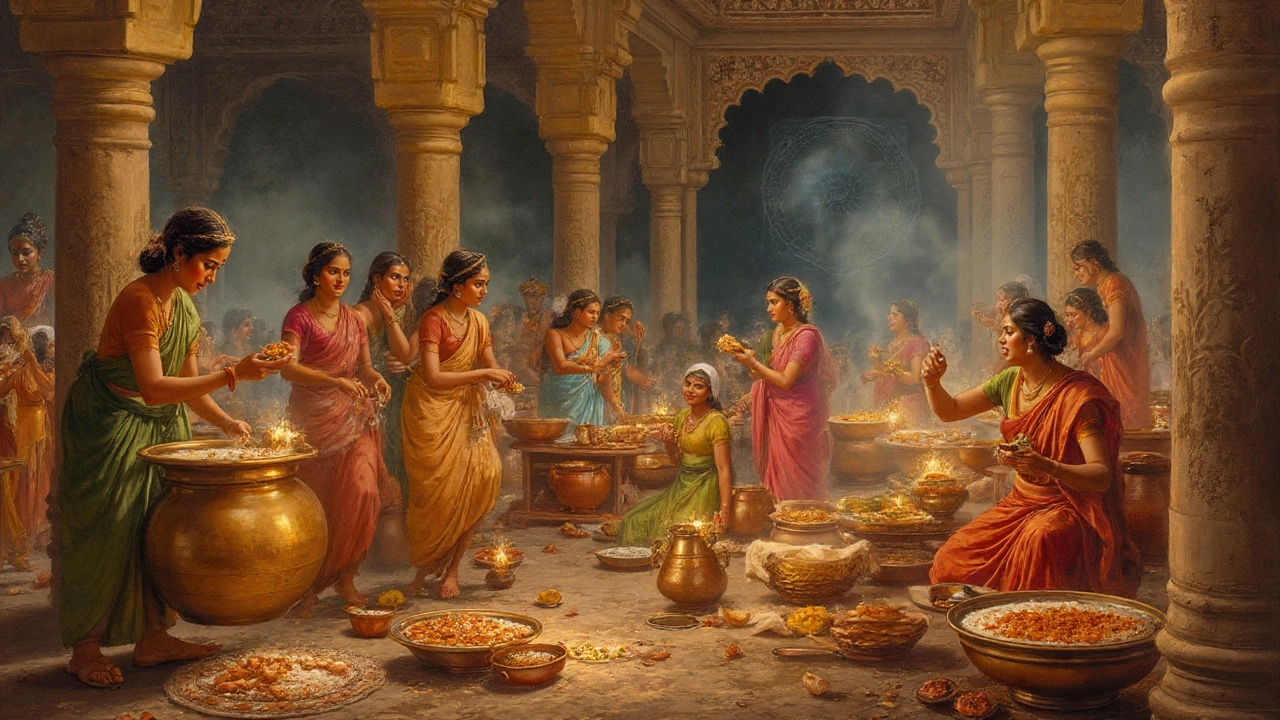Indian Sweets Origins: From Ancient Temples to Modern Tables
Ever wondered why a piece of jalebi feels like a celebration in your mouth? The answer lies in centuries of tradition, trade routes, and regional creativity. Knowing where these treats started helps you appreciate each bite and choose smarter options.
Ancient roots and regional flavors
Sweet making began in temple kitchens of South India, where jaggery and coconut were mixed for offerings. As kingdoms expanded, they borrowed techniques from Persia and Central Asia – think of the rich, saffron‑kissed shahi tukda that arrived with the Mughals.
Every state adds its own twist. In West Bengal, roshogolla uses fresh chhena and light syrup, while Maharashtra’s puran poli hides sweet lentil filling inside a soft flatbread. These regional spins keep the core idea the same – a sweet base flavored with local spices, nuts, or fruits.
Spices like cardamom, cloves, and fennel aren’t just for flavor; they helped preserve sweets before refrigeration. The use of dairy, nuts, and dry fruits also reflects what was available in each area. That’s why you’ll find coconut‑laden sweets in Kerala and almond‑rich treats in the north.
Making sweets healthier without losing taste
If you love mithai but watch your sugar, simple swaps work wonders. Replace refined sugar with jaggery or palm sugar – they add depth and a hint of caramel while keeping the glycemic load lower.
Try using low‑fat milk or Greek yogurt in rasgulla recipes. It cuts calories but still gives that fluffy texture. Adding a pinch of roasted cumin or dried rose petals can boost flavor without extra sweetness.
Portion control matters too. Instead of scooping a huge serving, shape bite‑size balls or cut small squares. Pair a sweet piece with a handful of roasted nuts; the protein balances the sugar spike.
Finally, experiment with natural thickeners like ground almonds or oat flour in gravies for desserts like kheer. They add creaminess and fiber, making the dish feel richer without extra butter.
Understanding the history of Indian sweets shows they’re more than just sugar – they’re stories of culture, trade, and creativity. By honoring those roots and using smart ingredient swaps, you can enjoy authentic flavors while keeping your health goals on track.
Ancient Indian Sweets: The Fascinating Origins of India's Oldest Mithai
Travel back centuries to discover the oldest sweet in India, its flavorful history, and why this dessert still makes hearts melt today.
